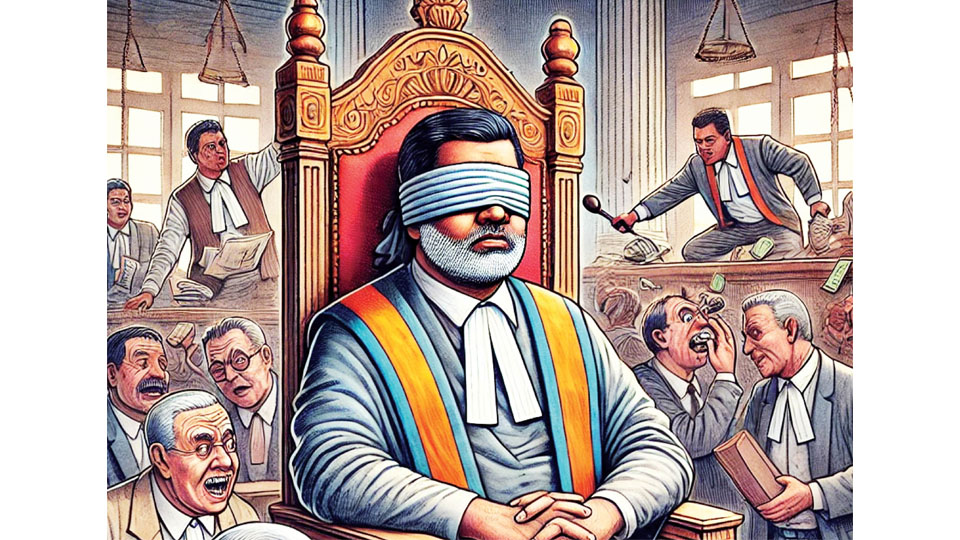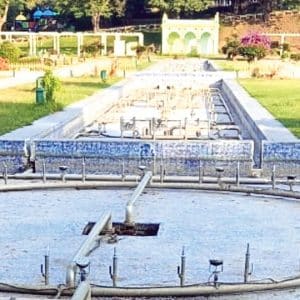
The recent fire in the out-house of Justice Yashwant Varma of the Delhi High Court and the subsequent photographs of burnt cash bundles, followed by calls for judicial reform, takes one back to April 25, 2016.
That was the day the 43rd Chief Justice of India, Tirath Singh Thakur Pogali, broke down in front of Prime Minister Narendra Modi for the institutional decay he was witnessing — particularly, the chronic delay in judicial appointments.
Ever since the Supreme Court struck down the Government’s attempt to replace the opaque Collegium system with the National Judicial Appointments Commission (NJAC), relations between the Executive and the Judiciary have been tense.
Justice Thakur’s emotional plea was clear: Why, he asked, can’t the Prime Minister’s Office direct the Intelligence Bureau to clear reports on proposed Judges within 15 days?
The Judiciary it seems was being choked — not by caseloads alone, but by a shortage of Judges and worse, by deliberate delay in their appointments.
But while numbers matter, so does integrity. And here lies the deeper wound: Corruption in the Judiciary.
Justice Thakur may have shed tears for pendency, but perhaps he should have cried harder for integrity.
The Prime Minister, earlier had struck a chord when he said that while the Judiciary is becoming more powerful, it must also live up to public expectations. He had a point.
For many, Courts today are no longer temples of justice — they are tactical arenas. From land disputes to false dowry cases, Court proceedings are often used to harass, delay or blackmail. Justice is not just delayed — it is often weaponised.
High Courts, despite clear Supreme Court rulings, often fail to quash false and frivolous cases and perhaps, this is because they simply don’t fear consequences of bad judgements. After all, who judges the Judges?
Judges are human too and like all humans, they can be enticed, but they also respond to consequences — punishment.
Unfortunately, the Judiciary has become a fortress, where even serious misconduct by Judges is often quietly lost under opaque procedures and internal silence.
Take the case of Justice Soumitra Sen of Calcutta High Court. Accused of diverting Rs. 33 lakh as a Court-appointed receiver, he was promoted to Judgeship despite the allegations.
Or consider Justice Nirmal Yadav of the Punjab and Haryana High Court. In 2008, a courier mistakenly delivered Rs. 15 lakh in cash to another Judge, only to discover it was meant for her. What was the punishment? A transfer to the Uttarakhand High Court and by the time prosecution was approved — conveniently on her retirement day — the case had already lost steam.
Interestingly now, after 17 years, the verdict in this case is to be pronounced on Mar. 29, 2025, today! Will justice be truly delivered? Let’s wait and watch.
Although there have been four impeachment proceedings initiated against Judges of the High Court and the Supreme Court, no Judge has been impeached since our Independence.
Justice Varma, currently facing allegations, has simply been transferred to his parent Court in Allahabad. An Inquiry Committee has been formed. And it will take its own time.
It seems, judging a Judge is a long and convoluted process and there are only two ways to go about it.
There is an ‘in-house’ inquiry by the Judiciary itself and the records of this inquiry are ‘sealed’. This inquiry may result in the Judge being benched or forced to resign. That’s no punishment really now, is it?
Then there is the Impeachment by Parliament. This requires a two-thirds majority in both Houses, the same number needed to amend the Constitution.
Wah! Think about that. Removing a corrupt Judge is as difficult as rewriting our Constitution!
Judges, unlike any other citizen, enjoy near-complete insulation from prosecution. You can’t even file an FIR against a sitting Judge without the Chief Justice of India’s permission.
This veil of secrecy turns Judges into super-citizens. And when accountability is elusive, public trust erodes.
Some, like TMC MP Mahua Moitra argue that the ongoing Justice Varma scandal is part of a larger design to bring NJAC back.
But conspiracy or not, one fact remains: The Collegium system has failed to keep the Judiciary clean.
The NJAC proposal, for all its flaws, at least seeks to have a more inclusive selection committee — with the Chief Justice, the Prime Minister, the Union Law Minister and even the Leader of the Opposition playing a role. Why not explore it and debate it, that’s why we have a Parliament, isn’t it?
Justice T.S. Thakur once said, “As long as the Judiciary exists, people have nothing to fear.” But that’s only true if the Judiciary itself is above fear, above favour and above filth.
For the Judiciary to retain public trust, it must not only dispense justice. It must be seen to embody it.
No one — not even those who pronounce judgement — should be above the law.
e-mail: [email protected]








Recent Comments